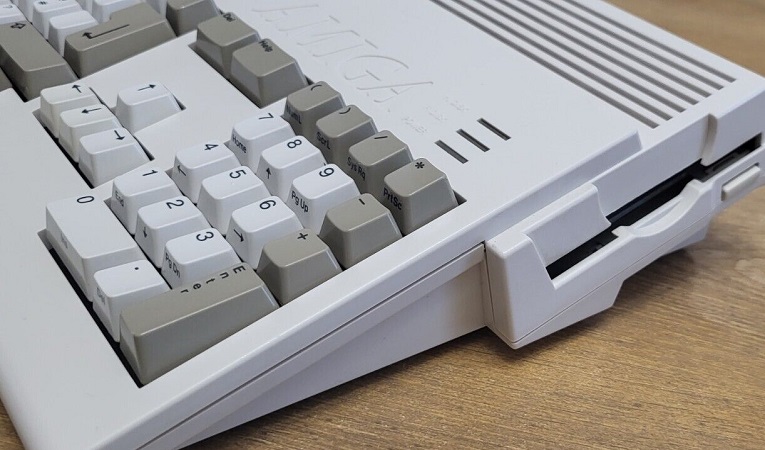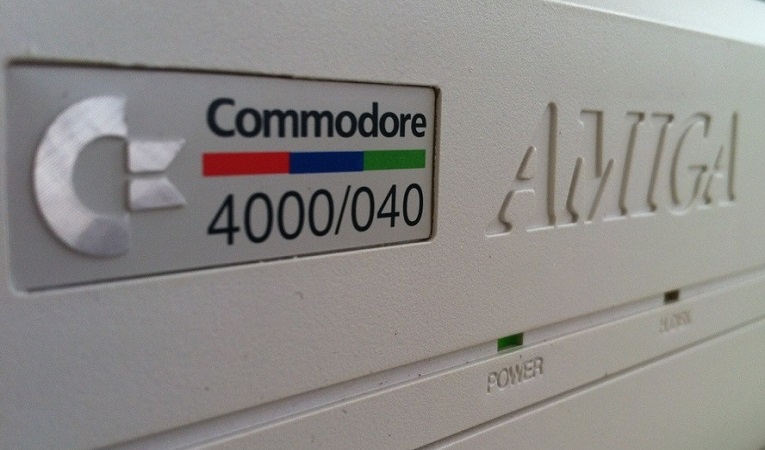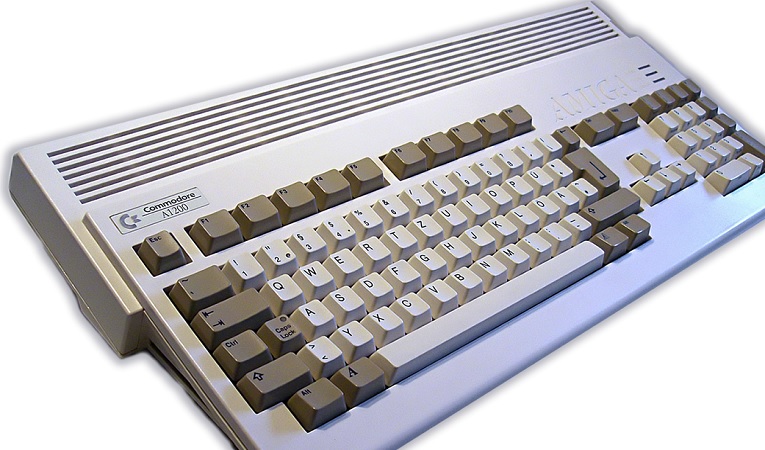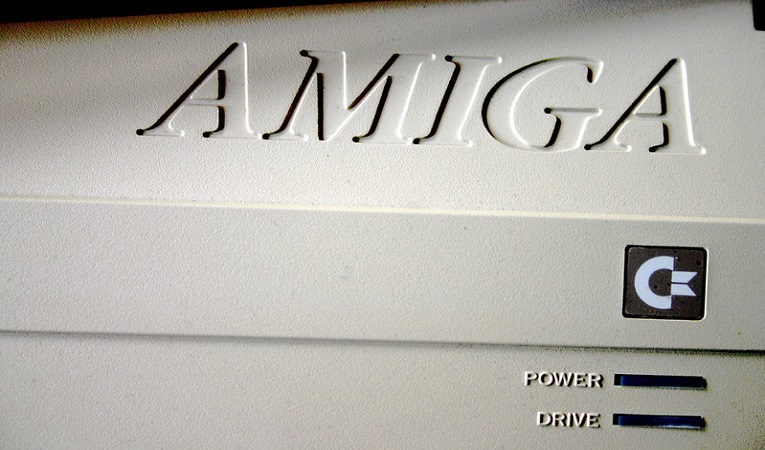
The Amiga platform, experienced a significant delay in the release of the Advanced Graphics Architecture (AGA), also referred to as the AA (Advanced Amiga) project. This delay had a profound impact on the evolution of Amiga’s custom chips and the platform’s competitive position in the rapidly evolving computer industry. We take a closer look for the reasons behind the AGA delay, its consequences, and its implications for the Amiga’s technological progression. The Amiga platform’s custom chips were a key distinguishing factor that set it apart from other home computers of its time. The announcement of the Advanced Graphics Architecture (AGA) represented a major leap forward in the evolution of these custom chips. AGA promised significant enhancements, including 24-bit color support, improved graphics capabilities, and enhanced multimedia capabilities, positioning the Amiga as a contender in a rapidly evolving multimedia landscape. But, developing advanced custom chips involves complex engineering and testing processes. Technical challenges in achieving the desired performance, compatibility, and stability of the AGA chips could have contributed to the project’s delay.

The biggest problem was that Commodore essentially neglected to supply what engineers needed to maintain the Amiga’s 1985 lead; money and staff. Irving Gould and Mehdi Ali, who were at the helm of Commodore in the 90s, drew attention for their high salaries and bonuses. Their substantial compensation packages, exceeding even those of executives at larger companies like IBM and Apple, raised concerns about the allocation of resources within the company. At the same time, these high salaries seemed incongruent with the financial difficulties that Commodore was facing. The financial practices of Irving Gould and Mehdi Ali occurred against the backdrop of financial strain within the company. Commodore was facing declining sales, increased competition, and internal inefficiencies. The Amiga platform, which held immense potential, was not receiving the necessary investment and strategic focus. The mismanagement and financial decisions of Commodore’s leadership, particularly Gould and Ali, exacerbated the challenges the company was facing. Instead of nurturing and capitalizing on the Amiga’s technological strengths, they appeared to divert resources away from the platform and failed to position it effectively in the market. These actions effectively sabotaged the platform’s future prospects and it’s most important project, the AGA chipset.

The delay in the release of AGA had significant consequences for the Amiga platform and its competitive positioning in the market. The delay allowed competitors to catch up and sometimes surpass Amiga’s capabilities. Other platforms, like PC graphics cards and consoles, were evolving rapidly, offering more advanced graphics and multimedia features. The delay in the release of the Amiga’s Advanced Graphics Architecture (AGA) project had far-reaching consequences for the platform’s competitiveness, technological relevance, and market perception. Despite its innovative custom chips and multimedia capabilities, the delay hindered the Amiga from capitalizing on its potential during a critical period of industry evolution. The AGA delay underscores the importance of timing, effective resource management, and continuous innovation in the technology sector. It serves as a reminder that in an ever-changing landscape, companies must make strategic decisions that align with both short-term financial realities and long-term technological aspirations. Ultimately, the Commodore Amiga A1200, A4000 and CD32 should have been released in 1990 instead of 1992.













